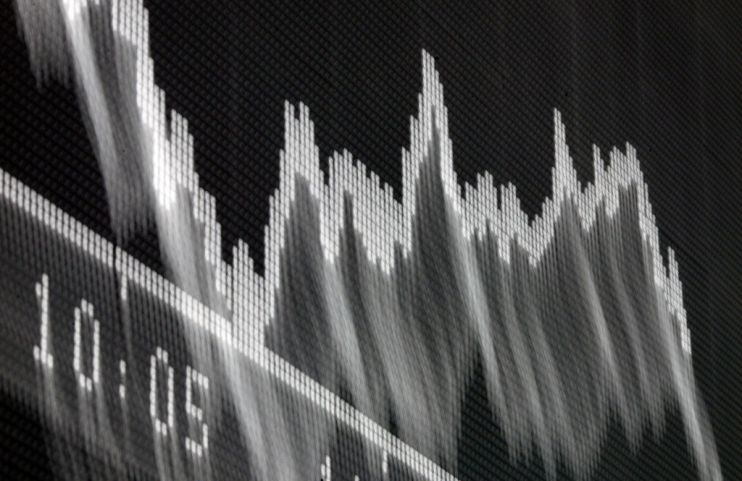Knowing V, Knowing U: The shape of the recession

On Tuesday, the Office for National Statistics released data on UK GDP for the month of May.
It showed that the economy had recovered by just 1.8 per cent in May, following a sharp contraction of 20.4 per cent in April.
Many commentators and economists voiced their disappointment at these figures, and ruled out the chances of the UK economy seeing a “V-shaped” recovery. For others V-shaped is still on the cards.
V is seen as the most optimistic type of recovery: a steep downturn followed by a rapid bounce back up. But it turns out that V-shaped means different things to different people. In that sense it is subjective.
I want to persuade you that a more objective definition could help us work out what economic scenario we are looking at.
To some, a V-shaped recovery is one in which the economy returns to its pre-Covid output path. As a result, the downturn leaves no long-lasting effect on the economy — there is no scarring. Others use a looser definition of V, where the fall in output during the downturn is followed by an equal and opposite rise in output in the next period.
A simple example can illustrate how the latter statement does not guarantee the former. Prior to Covid-19, the size of the UK economy was about £2 trillion. Between the first and second quarter of 2020, the economy is expected to contract by around 25 per cent to £150 trillion. If the economy then grew by 25 per cent in the second quarter, it would reach only £1.875 trillion — i.e. the economy does not get back to where it started. Instead, the economy ends up being 6.25 per cent smaller than it was at the start of the year. To return the economy to its pre-Covid level would require growth of 33.33 per cent in the third quarter.
The beauty of letters in defining recovery shapes is that they are simple; everyone can have a go at describing what letter a recovery looks like to them. A slower pace of recovery is typically referred to as U-shaped, while the worst type of is L-shaped, where the economy never regains its previous health. Fear of a second Covid wave has given rise to discussion of a W-shaped (or “double-dip”) recession — a more protracted recovery has been compared by the Nike logo.
But as we have seen, letters can lead to ambiguity. My concern is that this can be confusing for businesses are planning for different scenarios.
Numbers, in contrast, are precise. Consider the influence paper by economists Valerie Cerra and Sweta Chaman Saxena following the 1997 Asian Financial Crisis. They were clear that the shape of recession and recovery can be summarised in two dimensions: how the crisis affects both the level and growth rate of economic output at different time horizons.
This terminology has also been adopted by the UK’s fiscal watchdog the Office for Budget Responsibility (OBR). On Tuesday, the OBR released three possible economic scenarios for the UK recovery. The upside scenario was one in which the economy returned to its pre-Covid output path. I would call that V-shaped. The central path had embodied a three per cent loss in output by 2025 but assumed no change in the growth rate of the economy. I would call that U-shaped. And the downside scenario has a bigger loss to output of six per cent by 2025, again with no change in the growth rate. That to me is also U-shaped — but a deeper U. What makes it U is that there is a loss in the level of output but no change in the growth rate of the economy.
That, to me, is a much clearer and more objective way of mapping scenarios than focusing on letters alone.
Numbers may not be everyone’s cup of tea, and not everyone has access to the data. Policy institutions and academics should therefore lead the charge by being explicit in defining recession shapes with the aid of numbers.
A tighter definition would bring us all on the same page in knowing our Vs and Us. I know from my line of work that businesses would appreciate the clarity and common terminology.
Main image credit: Getty
